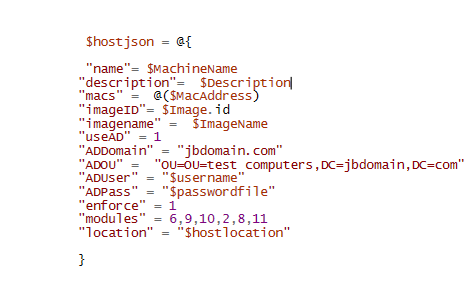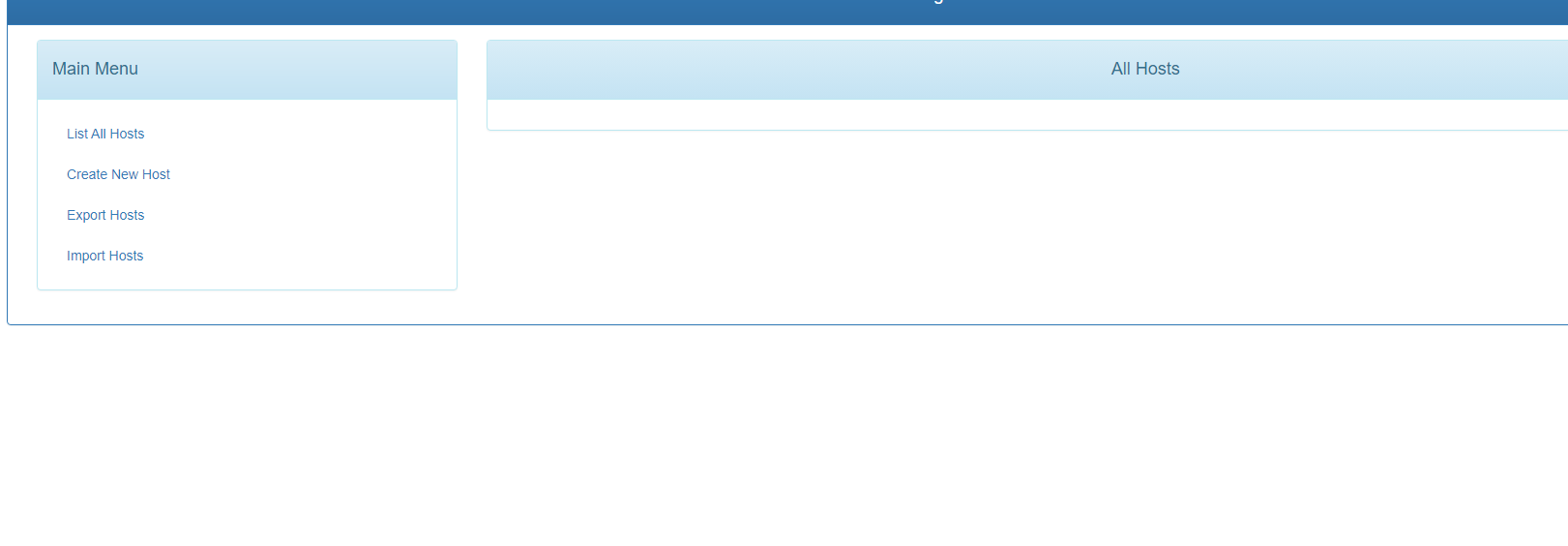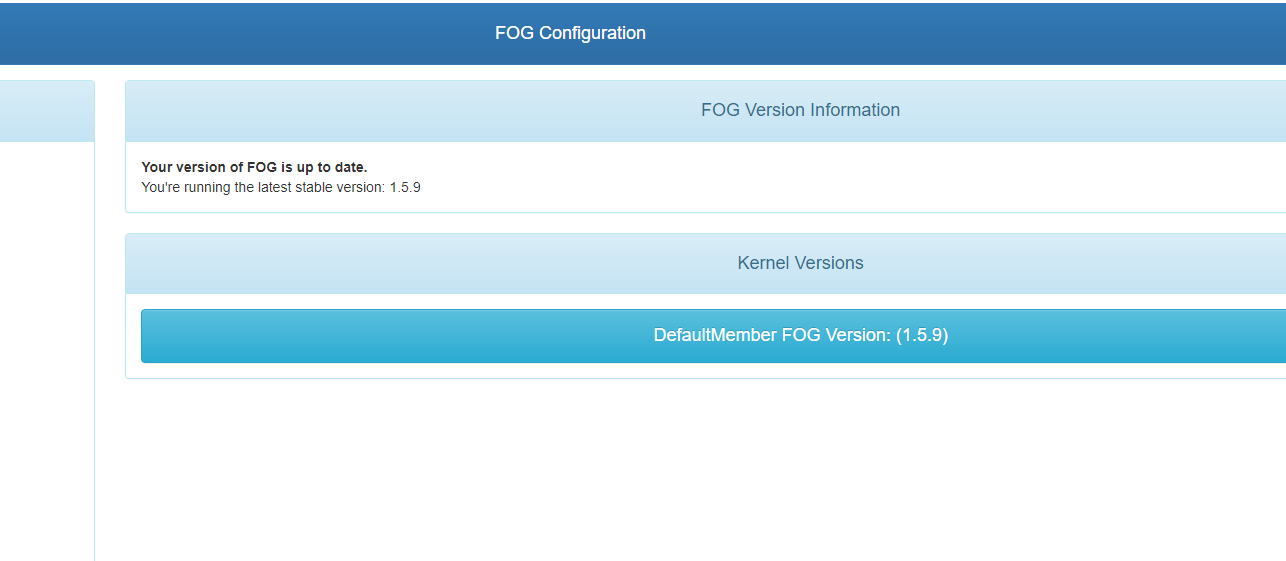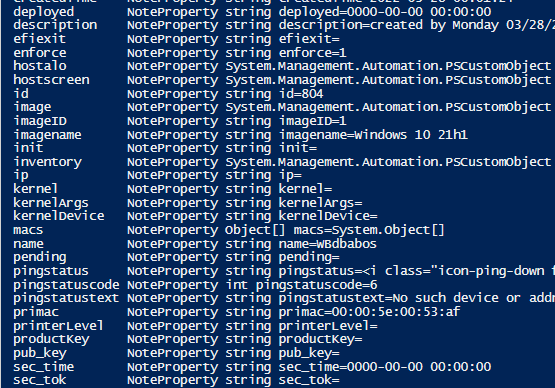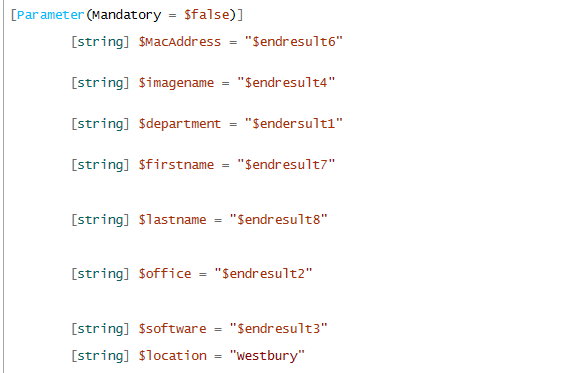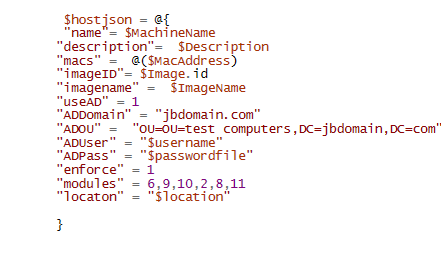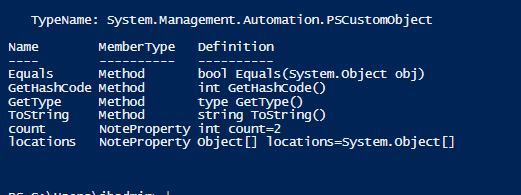Ok,
I finally figured this out. I know it’s not the best method, but I prefer this than having the wording “plain text” Here’s what I did in case someone needs to do the same.
I read that API tokens do not go well as a securestring. Here are some references:
https://jamesone111.wordpress.com/2020/04/10/transformers-for-powershell-parameters-which-take-secrets/, and https://github.com/Azure/azure-powershell/issues/25533.
So in order to get past this, I needed to create another variable as show below:
- $testapi1 = [pscredential]::new(“token”,$yourtoken)
You’re basically adding the pscredential above like you’re going to setup a username, but you put something like “token” or any wording as a placeholder for the username, then put the token in.
- Then after you define the header you do something like this: $testheader.add(fog-user-token’,$testapi1.GetNetworkCredential().password)
Again it’s not the best method, but I also read a way when you do read-host -aseecurestring and save your api there as a variable, you can dispose that variable so it doesn’t stay in memory.
$test.disposeof
If someone has any better ideas, please let me know as I’m always on here learning new things and want to share as well. This basically can be closed out.



